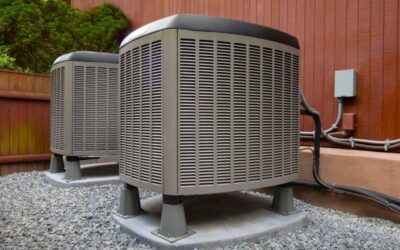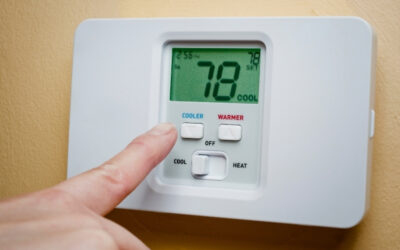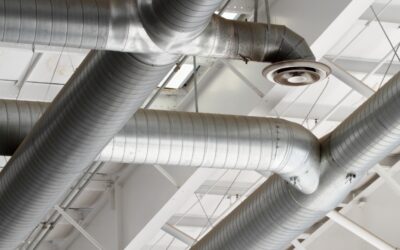Saving energy and money spent on heating and cooling is an area that has become wrought with many myths. Many of the common beliefs about an HVAC system that we’ve been taught are simply not true. This article examines the truth behind some of the most common myths about saving on heating and cooling bills for consumers in Columbus, GA.
Setting the Thermostat Higher or Lower Than Needed
One common practice is setting the thermostat of the HVAC unit much higher or lower to bring the room to the proper temperature more quickly. At first, this would seem to make sense. But the HVAC system can only work at its top speed and will not heat or cool faster than that.
It will take the same amount of time for the room to reach the proper temperature, whether it is set at 70 degrees or 90 degrees. The real factor that makes a difference is the change between the outside temperature and the indoor temperature.
Keeping the Thermostat on the Same Setting
There is no advantage to keeping the HVAC system at the same temperature at night or when you are away from home during the daytime. If you are concerned about feeling uncomfortable while the unit is reaching temperature, you might want to consider a programmable thermostat so that you can set it to be at your preferred temperature before you arrive or get up in the morning.
Using a Fan Allows the HVAC System To Run Less
Fans circulate the air, but they do not cool it. It is the breeze from the fan that cools you. The AC still needs to use energy to cool the air. However, the breeze can make it feel like it’s 4 degrees cooler than it really is, so you can turn up the thermostat by 4 degrees as well. This means your AC doesn’t have to work as hard, which is why you can save on energy because fans don’t cost near as much to run.
Turning HVAC System Off Saves Electricity
Some people are in the habit of turning their system on and off completely to attempt to save energy, but this actually uses more. Each time the system has to start up, it uses more energy every time.
A programmable thermostat allows you to avoid these drastic temperature drops and saves you energy in the long run. Having your home or office professionally evaluated before having a programmable thermostat installed will help to improve building performance and allow your system to work more efficiently.
Shutting Off Vents or Rooms
The thinking on this one is that if you are not using the room, it is a waste to heat or cool it. Many of us grew up with parents who hounded us to turn off the lights when we were not in the room. This does save energy when it comes to lightbulbs, but not when it comes to heating and cooling rooms.
The warm room and walls will make the system work harder to keep the other rooms that are not shut off at the proper temperature. In addition, closing vents interrupts the airflow that the system was designed to accommodate. One option is to consider a zoning system in your home that will allow you to keep different areas of your home at different temperatures.
Turning Something Off Means It’s Not Using Electricity
Even when something is turned off, it continues to draw power. For appliances like coffee makers, microwaves, TVs, and phone chargers, there are sensors and systems that continue to run. To truly stop energy consumption, you need to unplug the device.
Now that we have busted a few HVAC unit myths, it might be time to think about getting your HVAC system serviced. If you need HVAC maintenance, installation or repair in the Columbus, GA, area, call Indoor Solutions to schedule an appointment that is convenient for you. Our professionals can help make sure that your system is running as efficiently as possible, which saves you money in the long run.
Image provided by iStock




